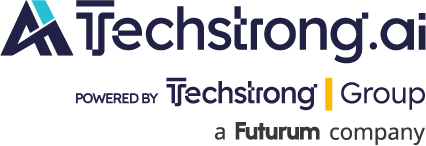Synopsis: Focal Point CEO Anders Lillevik explains how artificial intelligence (AI) agents will be used to automate a wide range of procurement processes.
Procurement has long meant chasing paperwork, reconciling invoices and haggling with vendors, and Anders Lillevik explains how task‑specific AI agents are finally making that grind optional. The first wave is already in place: employees chat with a large‑language model to spell out what they need, and the bot routes them to the correct workflow—a self‑service on‑ramp that has spread through mid‑market firms and is now edging into big enterprises.
Behind the scenes, agents tackle the dullest chores. A model can read an invoice, match it to a purchase order and flag exceptions, wiping out roughly 95% of the work people once slogged through in Excel. Buyer and seller bots may soon negotiate directly, each pushing for a better margin while procurement keeps competition alive by soliciting multiple quotes.
Freed time becomes a resource: teams shift to value‑add tasks—diversity metrics, carbon tracking, supplier strategy—while “owning” and retraining their assigned agents. Yet new automation raises old risks. Fraud attempts will increase, Lillevik warns, but tighter spend controls and pre‑approved purchase orders should stop most scams before they start—so long as guardrails stay in place.
The tougher hurdle is data. AI can’t optimize what it can’t see, and many procurement systems still hide behind aging APIs or, worse, spreadsheets. Lillevik urges leaders to inventory data sources, open API layers and agree on what can safely leave the firewall; prompt auditing and anonymization help reassure wary CISOs.
Bottom line: AI won’t erase procurement, but it will flip the job description—from manual processing to supervising intelligent workflows. Teams that prepare their data and embrace agent‑driven guardrails will cut cycle times, curb fraud and spend more effort on strategy than on spreadsheets.

